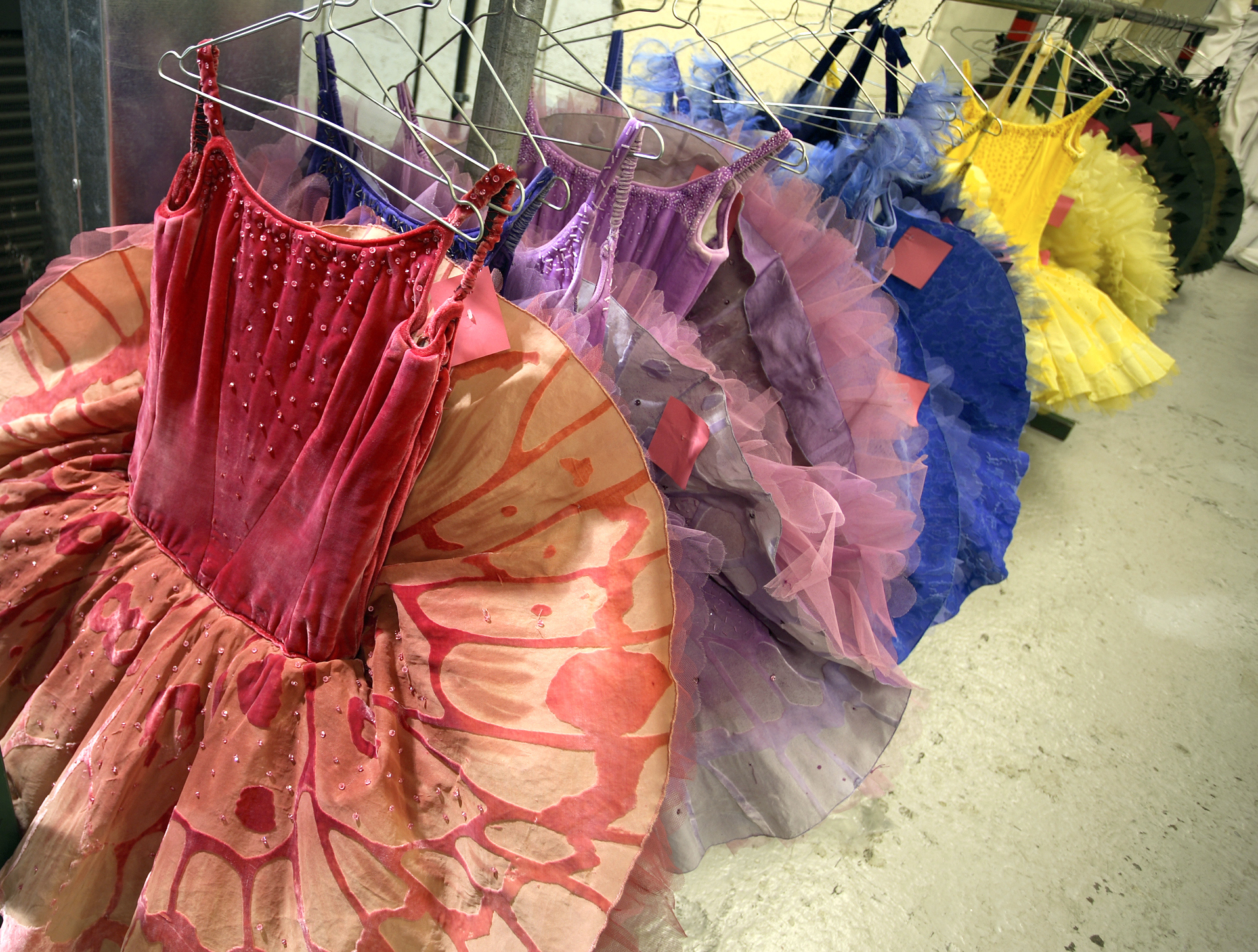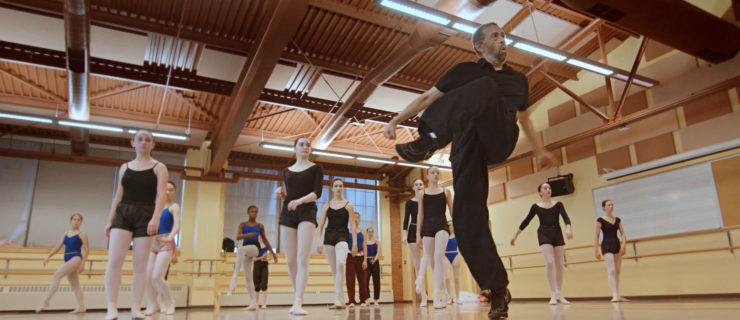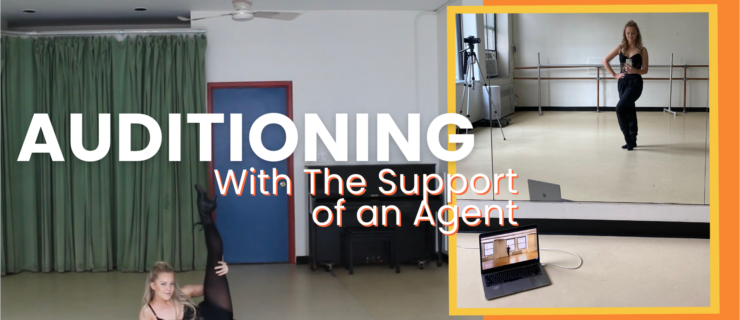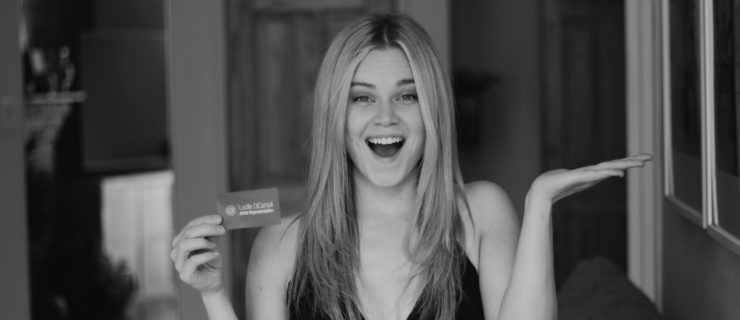Three Competition Judges Dish on Costume Mistakes
“The job of a costume is to enhance the performance,” says Kim Craven, a judge and faculty member with New York City Dance Alliance. “You want it to flatter you and lift you up, not work against you.” How can you be sure your competition costume is hitting its mark? Dance Magazine asked Craven and two other experienced adjudicators what they want—and don’t want—to see when it comes to dancers’ onstage ensembles.

Kim Craven, New York City Dance Alliance
“Put some thought into connecting the costume with the theme, music or character of the piece, so it’s cohesive. Then, as judges, we need to see the lines you’re creating. Big skirts, dresses or wide-leg pants can obscure those lines. It’s also distracting if your costume doesn’t fit well or is too revealing. Trunks, booty shorts, bras and leotards should cover what they’re supposed to cover. Run your routine in costume more than once, so you know how it moves. It’s not fun for us to watch a dancer’s top shimmy lower and lower onstage—and maybe they don’t even know how low it actually is! Of course, accidents happen, straps break, but you can often figure out if something’s likely to go awry and fortify everything beforehand. One other thing that bothers me: I don’t love the one-shoe look. I think it’s good practice to uphold the aesthetic you’re likely to find in the professional dance world.”
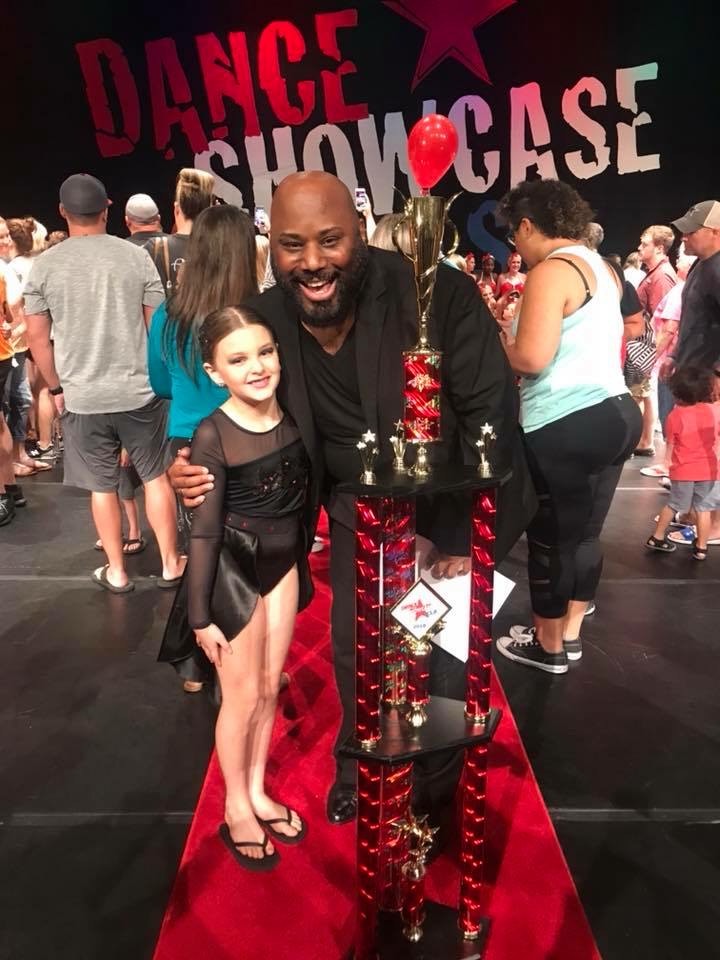
“I know some of my colleagues dislike competitors wearing one shoe for turning, but I don’t have a problem with it. Performing and being judged for it takes guts. If one shoe will make a child feel secure and safe onstage, so be it! One of my biggest considerations is proper undergarments. When the stage lights hit the costume, I don’t want to see exposed breasts. Also, think about how the choreography will look in your chosen costume. If you’re wearing a leotard with no tights, avoid doing a tilt with the crotch to the audience; adjust the angle. We can judge the technical prowess of the tilt no matter which way you’re facing. I do want to take care not to shame anyone. I wouldn’t dock points for a leotard that turns into a thong mid-routine, but I might say in my critique, ‘I would like for you to explore different costume options.’ Your costume should make you feel comfortable and powerful, so you can be successful onstage.”

Larissa Saveliev, Youth America Grand Prix
“Every dancer has things they want to show off and things they might not want to feature. You can find a costume that is the most flattering for your body. For instance, maybe your knee is not ideally straight; in this case, you might prefer to wear something that goes over the knees, like a longer tutu. However, it’s a big mistake to cover yourself up with too many heavy layers. It makes it harder for the judges to assess you—and they might suspect you have something to hide! For classical solos, avoid giant, puffy tutus that make you look like a doll. For contemporary, think light and flowy. With a see-through material, you can cover some things, but the judges can still see your body. I think the biggest shoe mistake at a ballet competition is pointe shoes that are too hard. When you start jumping, they make noise, and if you’re doing something like Giselle or La Sylphide, having a lot of sound doesn’t make a good impression.”
